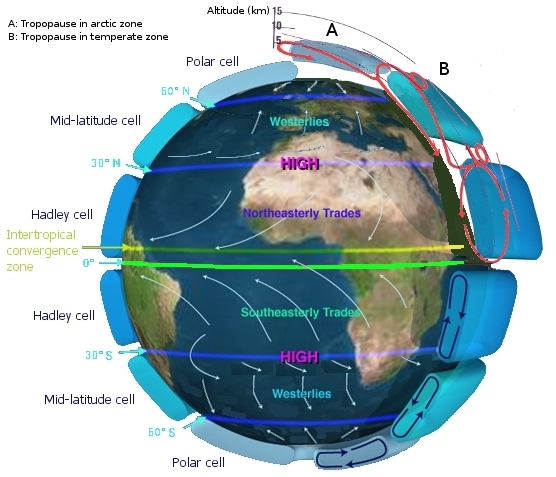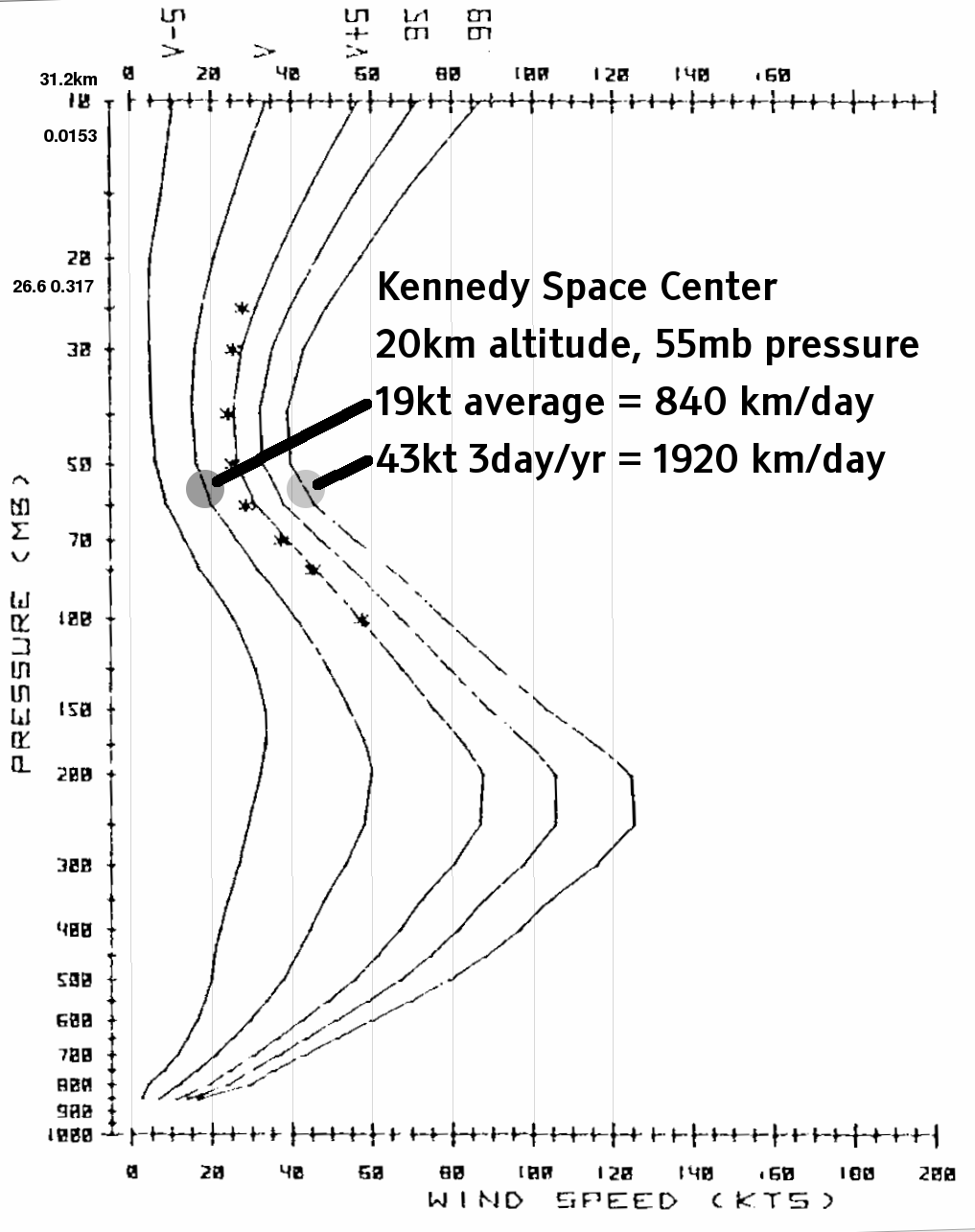|
Size: 8997
Comment:
|
Size: 8998
Comment:
|
| Deletions are marked like this. | Additions are marked like this. |
| Line 80: | Line 80: |
| Malaria afflicts us because of poverty and poor education, and we let that happen because "those people" are not part of our everyday lives. We've already seen the massive deployment of cell phones around the world, and the value of person-to-person connectivity to very poor people. If we can grow the internet to connect the world's poor to sources of employment and education, and we in turn can learn lessons about low impact sustainability from them, we can reduce poverty (theirs) and poor education (theirs AND ours). While Project Loon is far too expensive and environmentally questionable to provide economically meaningful connection to the developed world, it can help on the margin, if only to provide internet access for well-meaning visitors like Mr. Gates. | Malaria afflicts us because of poverty and poor education, and we let that happen because "those people" are not part of our everyday lives. We've already seen the massive deployment of cell phones around the world, and the value of person-to-person connectivity to very poor people. If we can grow the internet to connect the world's poor to sources of employment and education, and we in turn can learn lessons about low impact sustainability from them, we can reduce poverty (theirs) and poor education (theirs AND ours). While Project Loon is far too expensive and environmentally questionable to provide economically meaningful connection to the developing world, it can help on the margin, if only to provide internet access for well-meaning visitors like Mr. Gates. |
Project Loon
Google's Balloon Internet
Google's balloon internet experiments are interesting. Without more details, their practicality is questionable.
What is a Loon balloon internet relay?
Project Loon proposes to provide "3G rate" rural internet service to fixed subscriber antennas using superpressure helium balloons at around 20km altitude. The balloons are 3 mil polyethelene, 15 meters across, 12 meters high at full inflation. It carries a 10kg electronics package (radios, batteries, and some means of controlling altitude) and a 100W peak (daytime, non tracking) solar panel. The transceivers are presumably omnidirectional; the ground spot is 20km radius, or about 1260km2 area.
Materials usage
A 15x15x12 ellipsoid works out to 1400m3 volume and 600m2 of surface, about 50kg of plastic. Helium is about 15% as dense as air; if the balloon is pressurized to 70mB at -50C ( about 20g/m3 ) it contains 25kg of helium. Helium is non-renewable, and leaks out during the 55 day (hoped to exceed 100 day) flight. Assuming 10% loss per 100 days, that is 10kg/year loss per balloon. An MRI machine contains about 200kg of helium.
A Raven Aerostar balloon has a service life of 55 days; even with refills, the balloons will last less than a year. The electronics package is recoverable if the balloon performs a controlled descent over land. The cost of the balloon is unknown; military balloons cost "a few thousand dollars". Assuming a 15% loss rate at recovery, and a recovery every 100 days, we can expect the electronics packages to last about two years. Assume the electronic and solar cell packages cost $2000. Also assume we lose a balloon and 25kg of helium with every recovery loss (most of which we can assume will be losses over the ocean).
Helium Leak |
10kg/year |
$100/kg |
$1000/yr |
Balloon Replacement |
1/year |
$3000 WAG |
$3000/yr |
Helium Recovery Loss |
24kg/2 year |
$100/kg |
$1200/yr |
Balloon Recovery Loss |
1/2year |
$3000 WAG |
$1500/yr |
Electronics + Solar |
1/2year |
$2000 WAG |
$1000/yr |
|
|||
Estimated Total |
$7700/yr |
||
The wind
Consider the winds in the northern Hadley cell region, from the equator to about 30 degrees north.
|
Balloons are at the mercy of winds and atmosphere. The atmosphere is a heat engine; air rises, coriolis acceleration pushes it west, it cools and falls, coriolis acceleration pushes it east. Since the cooling tends to happen farther from the equator, there is a significant north-south component to the wind, which also gets pushed around by coriolis acceleration. |
The wind at 20km altitude averages 840 kilometers per day; if that is mostly eastbound, a stratospheric balloon will circle the earth in less than 55 days. There is no practical way to hover above one fixed terrestrial location, either E-W or N-S; to cover a region, the entire meridonal band must be filled with enough balloons to provide continuous coverage and continuous mesh connectivity.
Project Loon proposes to manuever by changing altitude into winds blowing in different directions. Since the winds tend north in the stratosphere, and south near the ground, the balloons will tend to collect near 30N unless they drop to near the ground to return south again. Balloons near the ground are a flight hazard, and have small area ground spots. Presumably, these southern transits occur over ocean.
Coverage and Redundancy
Given the fractal nature of the wind, a 90% reliably connected mesh may need more than 3X coverage to connect. The balloons have a 1260 km2 ground spot, so complete coverage might require 1 balloon per 400 km2. The area of the northern Hadley cell is approximately π(6378km)2, so complete coverage would require perhaps 300,000 balloons. Complete coverage may not be necessary; sporadic availability will use proportionally less balloons. 10% availability might be possible with perhaps 20,000 balloons.
Covering both north and south Hadley cells might require 600K balloons. That would consume perhaps 13,000 tons of helium per year, about half of current world consumption.
Not counting operations cost (quite high, given all the recovery and refilling), a 10% availability system might cost $160M/year for expendables, while a 90% mesh might cost $2.4B/year.
These are "3G" rates, perhaps as low as 100kbps, but lets be generous and assume 1Mbps. Since the arrays are over ocean most of their flight, and are using much of their bandwidth for relay, lets assume 200kbps average maximum service per balloon.
These are all guesses - I would love to share the actual Project Loon numbers, but Google is secretive. Sigh.
Comparison to Server Sky
Assuming a 2.5g Version 5 thinsat, launch cost is around $20 and manufacturing cost around $80 per thinsat in high volume (WAG). The cost of an 8000 thinsat array is $800K. Coverage (at 10° elevation) is 100 million square kilometers per array. The estimated source bandwidth is 10 Gbps - remember, server sky is not a relay, but a data source instead, and uses 70GHz downlinks. Although constellations of many arrays will provide continuous overlapping coverage, a single array is about 25% available.
A 50 array constellation will have at least 10 arrays in view at any given time, 100% coverage, with perhaps 100 Gbps total bandwidth available. However, that is divided among many users; let's assume 1Gbps peak rates, lower average, with the total array providing 400Gbps bandwidth (partly in eclipse).
An array can be expected to last perhaps 5 years before it becomes "Moore's Law obsolete". So the cost of a 50 array constellation, $40M, is divided by 5, to $8M per year.
North and South Hadley cell coverage, 30S to 30N latitude (2 300K cells for Project Loon):
|
Project Loon |
Server Sky |
Someday? |
Connection |
relay |
direct |
|
Connectivity |
90% |
100% |
|
Coverage per unit |
400km2 |
1E10km2 |
|
Ground focus |
400km2 |
1km2 |
|
"constellation" size |
600K |
400K |
10G |
Peak Bandwidth /user |
1Mbps |
1Gbps |
10Gbps |
Total bandwidth |
120Gbps |
400Gbps |
100Pbps |
Cost per year |
$4.8G |
$8M |
$10G |
Cost/Mbps-year |
$40K |
$20 (not K!) |
$0.1 |
Server sky assumes $80/manufacture and $20/launch thinsat costs. |
|||
So - server sky provides sourced data, not relayed through terrestrial backhaul, with 1000 times the peak user bandwidth for 2000 times less cost. It only consumes helium to pressurize the launcher. It does not pose a hazard to commercial aviation. And it does not pass through sovereign airspace.
You decide.
Addendum: Does the developing world need internet?
"Certainly I’m a huge believer in the digital revolution," Gates said to Bloomberg. "And connecting up primary-health-care centers, connecting up schools, those are good things. But no, those are not, for the really low-income countries, unless you directly say we’re going to do something about malaria."
Malaria afflicts us because of poverty and poor education, and we let that happen because "those people" are not part of our everyday lives. We've already seen the massive deployment of cell phones around the world, and the value of person-to-person connectivity to very poor people. If we can grow the internet to connect the world's poor to sources of employment and education, and we in turn can learn lessons about low impact sustainability from them, we can reduce poverty (theirs) and poor education (theirs AND ours). While Project Loon is far too expensive and environmentally questionable to provide economically meaningful connection to the developing world, it can help on the margin, if only to provide internet access for well-meaning visitors like Mr. Gates.


